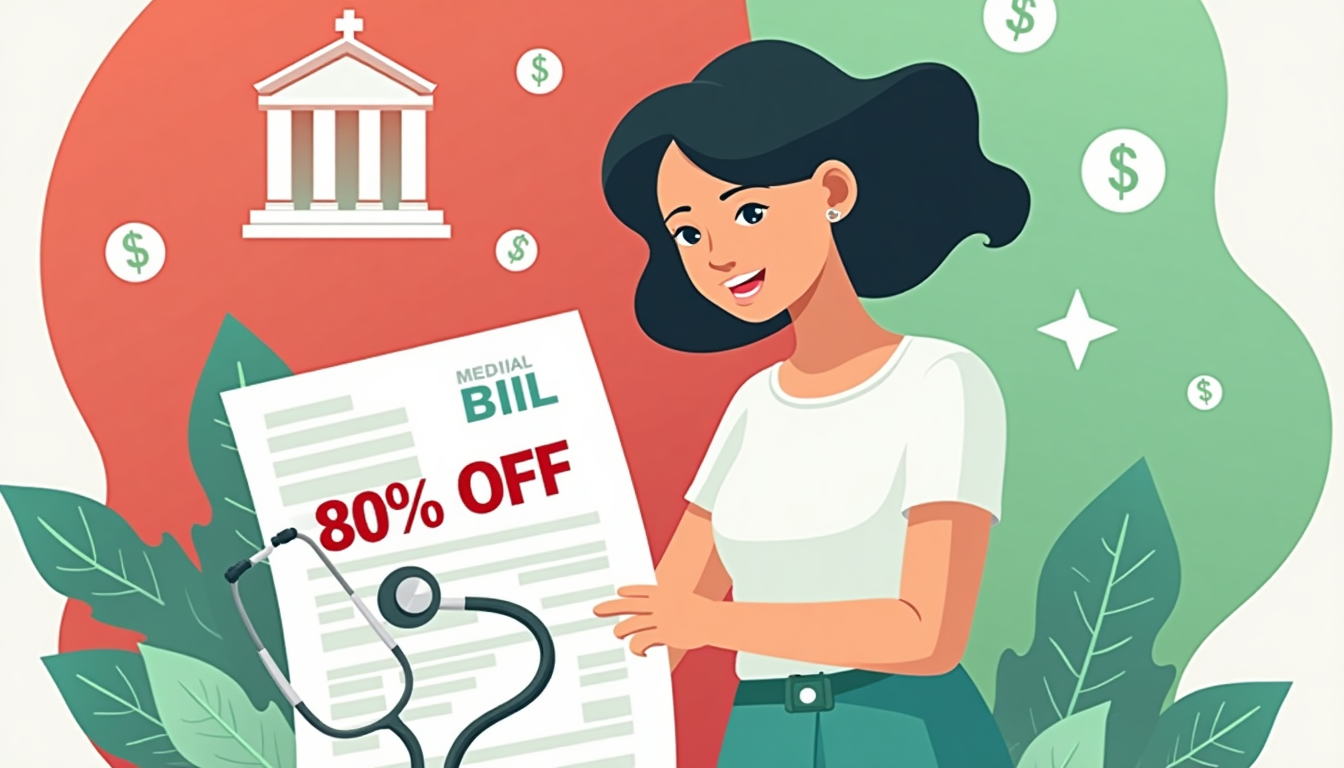How to Access Affordable Healthcare Without Insurance: A Step-by-Step Guide
“Health insurance shouldn’t feel like a puzzle where the pieces don’t fit. My goal is to help patients unlock the full value of their coverage—or find alternatives when coverage isn’t an option.”
— Robert Johnson, Health Insurance Specialist
The Uninsured Crisis: Why This Guide Matters
26 million Americans (7.9% of the population) lack health insurance in 2024 [1]. For these individuals, even basic care can be financially devastating:
- 50% of adults cannot afford a $500 unexpected medical bill [2]
- Households of color carry 35% more medical debt than white families [3]
But there’s good news: Affordable care options exist if you know where to look. As a health insurance specialist, I’ll share proven strategies to navigate these systems effectively.
Know Your Rights: Essential Resources for Uninsured Patients
Key Statistics to Guide Your Care
- 72% of hospitals must offer financial assistance programs by law [4]
- 40% of uninsured adults use sliding-scale clinics for primary care [5]
- 28% of chronically ill patients save on medications using manufacturer coupons [3]
Let’s explore your options step by step.
Step 1: Access Safety-Net Programs You Qualify For
Hospital Charity Care Programs
Nonprofit hospitals must provide free/discounted care under the Affordable Care Act. To apply:
- Ask before treatment: Request the charity care policy during registration
- Check eligibility: Most programs cover incomes ≤200% of federal poverty level ($30,120/year for individuals)
- Gather documents: Pay stubs, tax returns, and unemployment verification
Pro Tip: University hospitals and Federally Qualified Health Centers (FQHCs) often have the most flexible programs.
Government Assistance Programs
- Medicaid retroactive coverage: Available in some states for bills up to 3 months old [6]
- Cancer care: The National Breast and Cervical Cancer Early Detection Program offers free screenings [7]
Step 2: Reduce Costs With Smart Shopping Strategies
Compare Cash Prices Using Transparency Data
Hospitals must publish cash prices under federal law. Sample savings:
| Service | Average Cash Price | Negotiated Rate |
|---|---|---|
| MRI | $1,200 | $400–$600 |
| Urgent Care Visit | $150 | $75–$100 |
Real Example: One patient reduced a $2,300 ER bill to $575 by showing the hospital’s published cash price.
Prescription Savings Tips
- GoodRx Gold: $9.99/month plan with 90% discounts on generics
- Manufacturer programs: 98% of drugmakers offer assistance (e.g., Pfizer RxPathways) [8]
- Dose splitting: Ask your doctor about dividing higher-dose pills
Step 3: Explore Alternative Care Options
Clinical Trials
Many studies provide:
- Free treatments for conditions like cancer or diabetes
- Travel reimbursement
- Ongoing monitoring
Search ClinicalTrials.gov or contact teaching hospitals.
Affordable Telehealth Options
Virtual visits cost 40-50% less than in-person care [9]:
- PlushCare: $129/primary care visit
- State programs: Free telehealth through Medicaid in 18 states [10]
Step 4: Negotiate Medical Bills Like a Pro
The 5-Step Dispute Process
- Request itemized bills (errors occur in 80% of charges) [11]
- Challenge overcharges (e.g., $50 for tissues)
- Offer lump-sum payments (30-50% discounts are common)
- File formal appeals for denied claims
- Contact state regulators if unresolved
Success Story: A disputed $8,000 MRI bill was canceled after proving urgent medical need.
2024 Policy Changes to Watch
- ACA Subsidies: Enhanced discounts expire in 2025—lock in rates now [12]
- Medicaid Updates: New work requirements may affect 2.2 million enrollees [13]
- Rural Care: "Site-neutral" payments may reduce local services—consider telehealth [14]
Where to Get Professional Help
Free/low-cost assistance is available through:
- Hospital patient advocates: Request during billing disputes
- State health departments: Find local resources at healthcare.gov
- Nonprofit organizations: NeedyMeds and Patient Advocate Foundation
Key Takeaways for Uninsured Patients
- Negotiation works: 40% success rate in bill reductions [11]
- Preventive care is often free: Check community health fairs
- Appeals matter: 60% of disputed claims get overturned [11]
Remember: Financial limitations don’t erase your right to quality care. Use these strategies to take control of your health journey.
References
[1] Census Bureau. (2024). Health Insurance Coverage in the United States. census.gov
[2] Kaiser Family Foundation. (2023). Medical Debt in the U.S. kff.org
[3] JAMA Network. (2024). Racial Disparities in Medical Debt. jamanetwork.com
[4] IRS. (2024). Community Benefit Requirements for Nonprofit Hospitals. irs.gov
[5] Health Resources & Services Administration. (2023). Health Center Program. hrsa.gov
[6] Medicaid.gov. (2024). Retroactive Eligibility Policies. medicaid.gov
[7] CDC. (2024). National Breast and Cervical Cancer Early Detection Program. cdc.gov
[8] HHS. (2023). Prescription Assistance Programs. hhs.gov
[9] Health Affairs. (2024). Telehealth Cost Analysis. healthaffairs.org
[10] CMS. (2024). State Medicaid Telehealth Policies. cms.gov
[11] Kaiser Family Foundation. (2023). Hospital Billing Practices. kff.org
[12] HealthCare.gov. (2024). Affordable Care Act Subsidies. healthcare.gov
[13] Kaiser Family Foundation. (2024). Medicaid Work Requirements. kff.org
[14] CMS. (2024). Site-Neutral Payment Rules. cms.gov




